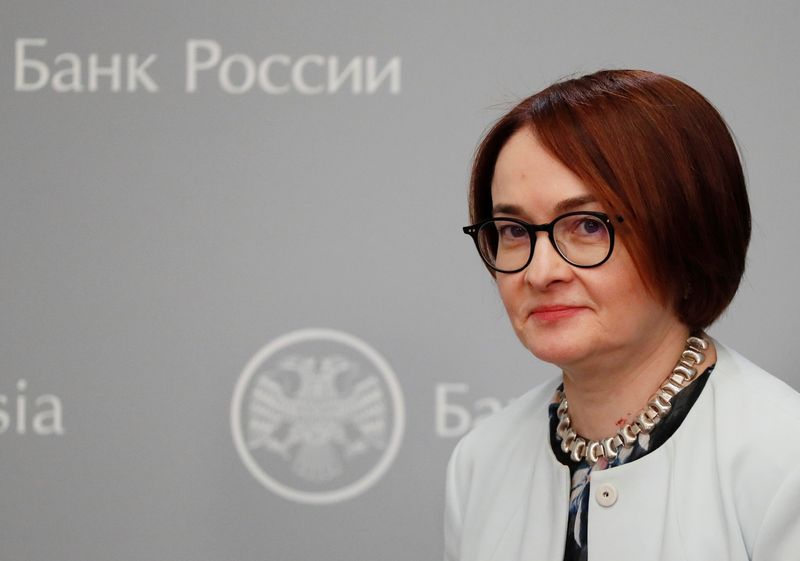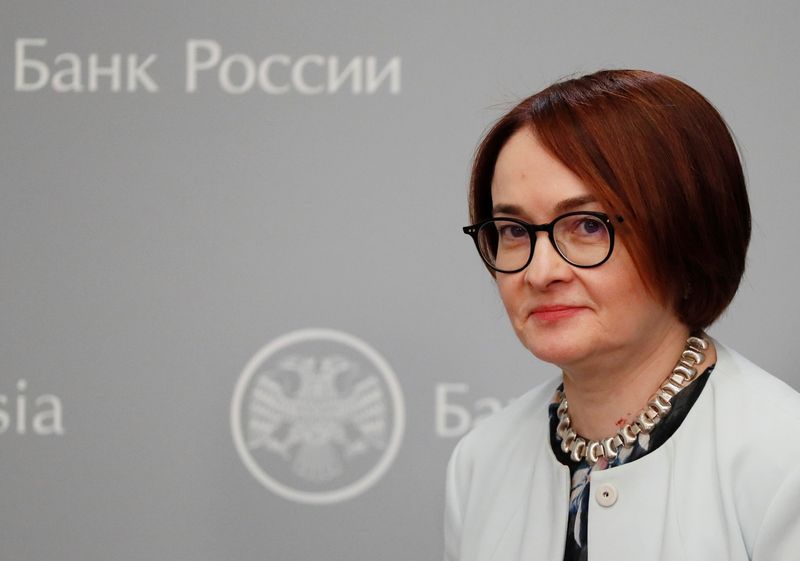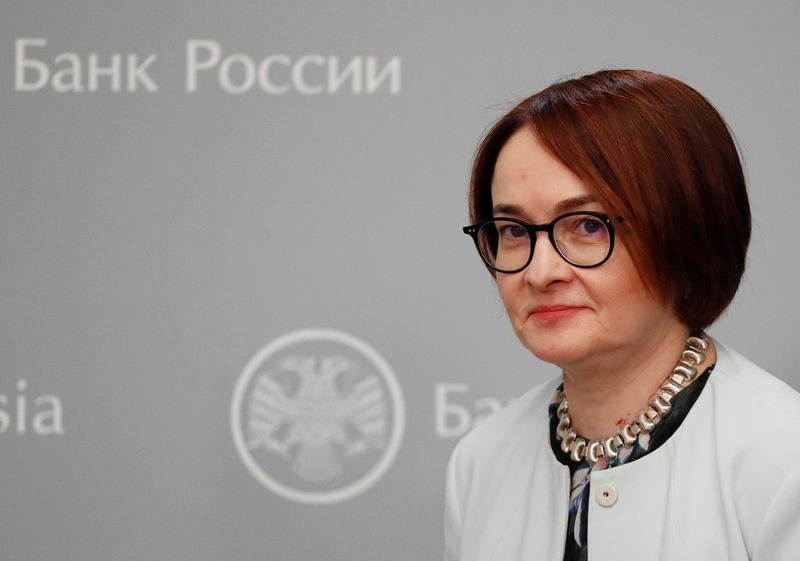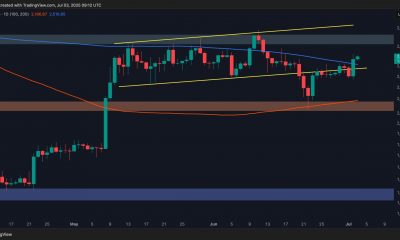Economy
Mexico sees similar economic growth next year, more help for Pemex


© Reuters. A woman buys vegetables at a market stall in Mexico City, Mexico February 22, 2019. REUTERS/Daniel Becerril
By Ana Isabel Martinez
MEXICO CITY (Reuters) -Mexico’s government expects the economy to grow by between 2.5% and 3.5% next year, in line with this year’s growth, according to a budget blueprint released on Friday that includes fresh taxpayer assistance for the country’s ailing state oil company.
Latin America’s biggest economy after Brazil will likely grow 3% this year.
The finance ministry’s 2024 draft budget forecasts headline inflation slowing to 3.8% by the end of next year, confirming a Reuters report, compared with a 4.5% rate of rising consumer prices this year.
A draft seen by Reuters had forecast 2024 economic growth at 2.4%, below the final published figure.
Mexico’s independent central bank, known as Banxico, last week estimated headline inflation at 4.6% by the fourth quarter of this year, with a more dovish prediction for economic growth next year of between 1.3% and 2.9%.
The 2024 budget will now be debated by lawmakers in Congress, where the ruling coalition of President Andres Manuel Lopez Obrador commands majorities in both chambers.
The draft budget estimates the exchange rate for the Mexican peso at 17.6 pesos per dollar by the end of 2024, around its current levels near a 7 1/2-year high, signaling continued strength for the widely traded emerging market currency.
The budget assumes an average oil export price of $56.7 per barrel next year, well below the average of around $68 in the first eight months of 2023.
The key 2024 oil price is used to estimate a large amount of government revenue.
State oil company Pemex’s overall budget will be cut 36%, according to the draft budget from 2023 funding levels.
The budget plan includes a fresh Pemex capital injection of 145 billion pesos ($8.25 billion), which a source told Reuters earlier would be applied to its 2024 debt payments.
The ministry said the capital injection is subject to Pemex maintaining “moderate indebtedness.”
The government push to help service Pemex’s $110.5 billion in financial debt, including $11.2 in debt payments due in 2024, in part aims to ease the firm’s rising financing costs.
The draft budget projects those costs will dip next year by about 4.75 billion pesos ($270 million), or down by 7.6% in inflation-adjusted terms.
The spending blueprint also includes a significant tax cut for heavily indebted Pemex, lowering its DUC profit sharing tax rate to 35% next year, from 40%.
($1 = 17.5770 Mexican pesos)
Economy
Russian central bank says it needs months to make sure CPI falling before rate cuts -RBC


© Reuters. Russian Central Bank Governor Elvira Nabiullina attends a news conference in Moscow, Russia June 14, 2019. REUTERS/Shamil Zhumatov/File Photo
MOSCOW (Reuters) – Russia’s central bank will need two to three months to make sure that inflation is steadily declining before taking any decision on interest rate cuts, the bank’s governor Elvira Nabiullina told RBC media on Sunday.
The central bank raised its key interest rate by 100 basis points to 16% earlier in December, hiking for the fifth consecutive meeting in response to stubborn inflation, and suggested that its tightening cycle was nearly over.
Nabiullina said it was not yet clear when exactly the regulator would start cutting rates, however.
“We really need to make sure that inflation is steadily decreasing, that these are not one-off factors that can affect the rate of price growth in a particular month,” she said.
Nabiullina said the bank was taking into account a wide range of indicators but primarily those that “characterize the stability of inflation”.
“This will take two or three months or more – it depends on how much the wide range of indicators that characterize sustainable inflation declines,” she said.
The bank will next convene to set its benchmark rate on Feb. 16.
The governor also said the bank should have started monetary policy tightening earlier than in July, when it embarked on the rate-hiking cycle.
Economy
China identifies second set of projects in $140 billion spending plan


© Reuters. FILE PHOTO: Workers walk past an under-construction area with completed office towers in the background, in Shenzhen’s Qianhai new district, Guangdong province, China August 25, 2023. REUTERS/David Kirton/File Photo
SHANGHAI (Reuters) – China’s top planning body said on Saturday it had identified a second batch of public investment projects, including flood control and disaster relief programmes, under a bond issuance and investment plan announced in October to boost the economy.
With the latest tranche, China has now earmarked more than 800 billion yuan of its 1 trillion yuan ($140 billion) in additional government bond issuance in the fourth quarter, as it focuses on fiscal steps to shore up the flagging economy.
The National Development and Reform Commission (NDRC) said in a statement on Saturday it had identified 9,600 projects with planned investment of more than 560 billion yuan.
China’s economy, the world’s second largest, is struggling to regain its footing post-COVID-19 as policymakers grapple with tepid consumer demand, weak exports, falling foreign investment and a deepening real estate crisis.
The 1 trillion yuan in additional bond issuance will widen China’s 2023 budget deficit ratio to around 3.8 percent from 3 percent, the state-run Xinhua news agency has said.
“Construction of the projects will improve China’s flood control system, emergency response mechanism and disaster relief capabilities, and better protect people’s lives and property, so it is very significant,” the NDRC said.
The agency said it will coordinate with other government bodies to make sure that funds are allocated speedily for investment and that high standards of quality are maintained in project construction.
($1 = 7.1315 renminbi)
Economy
Russian central bank says it needs months to make sure CPI falling before rate cuts -RBC


© Reuters. Russian Central Bank Governor Elvira Nabiullina attends a news conference in Moscow, Russia June 14, 2019. REUTERS/Shamil Zhumatov/File Photo
MOSCOW (Reuters) – Russia’s central bank will need two to three months to make sure that inflation is steadily declining before taking any decision on interest rate cuts, the bank’s governor Elvira Nabiullina told RBC media on Sunday.
The central bank raised its key interest rate by 100 basis points to 16% earlier in December, hiking for the fifth consecutive meeting in response to stubborn inflation, and suggested that its tightening cycle was nearly over.
Nabiullina said it was not yet clear when exactly the regulator would start cutting rates, however.
“We really need to make sure that inflation is steadily decreasing, that these are not one-off factors that can affect the rate of price growth in a particular month,” she said.
Nabiullina said the bank was taking into account a wide range of indicators but primarily those that “characterize the stability of inflation”.
“This will take two or three months or more – it depends on how much the wide range of indicators that characterize sustainable inflation declines,” she said.
The bank will next convene to set its benchmark rate on Feb. 16.
The governor also said the bank should have started monetary policy tightening earlier than in July, when it embarked on the rate-hiking cycle.

 Forex3 years ago
Forex3 years agoForex Today: the dollar is gaining strength amid gloomy sentiment at the start of the Fed’s week

 Forex3 years ago
Forex3 years agoUnbiased review of Pocket Option broker

 Forex3 years ago
Forex3 years agoDollar to pound sterling exchange rate today: Pound plummeted to its lowest since 1985

 Forex3 years ago
Forex3 years agoHow is the Australian dollar doing today?

 Cryptocurrency3 years ago
Cryptocurrency3 years agoWhat happened in the crypto market – current events today

 World3 years ago
World3 years agoWhy are modern video games an art form?

 Commodities3 years ago
Commodities3 years agoCopper continues to fall in price on expectations of lower demand in China

 Economy3 years ago
Economy3 years agoCrude oil tankers double in price due to EU anti-Russian sanctions





























